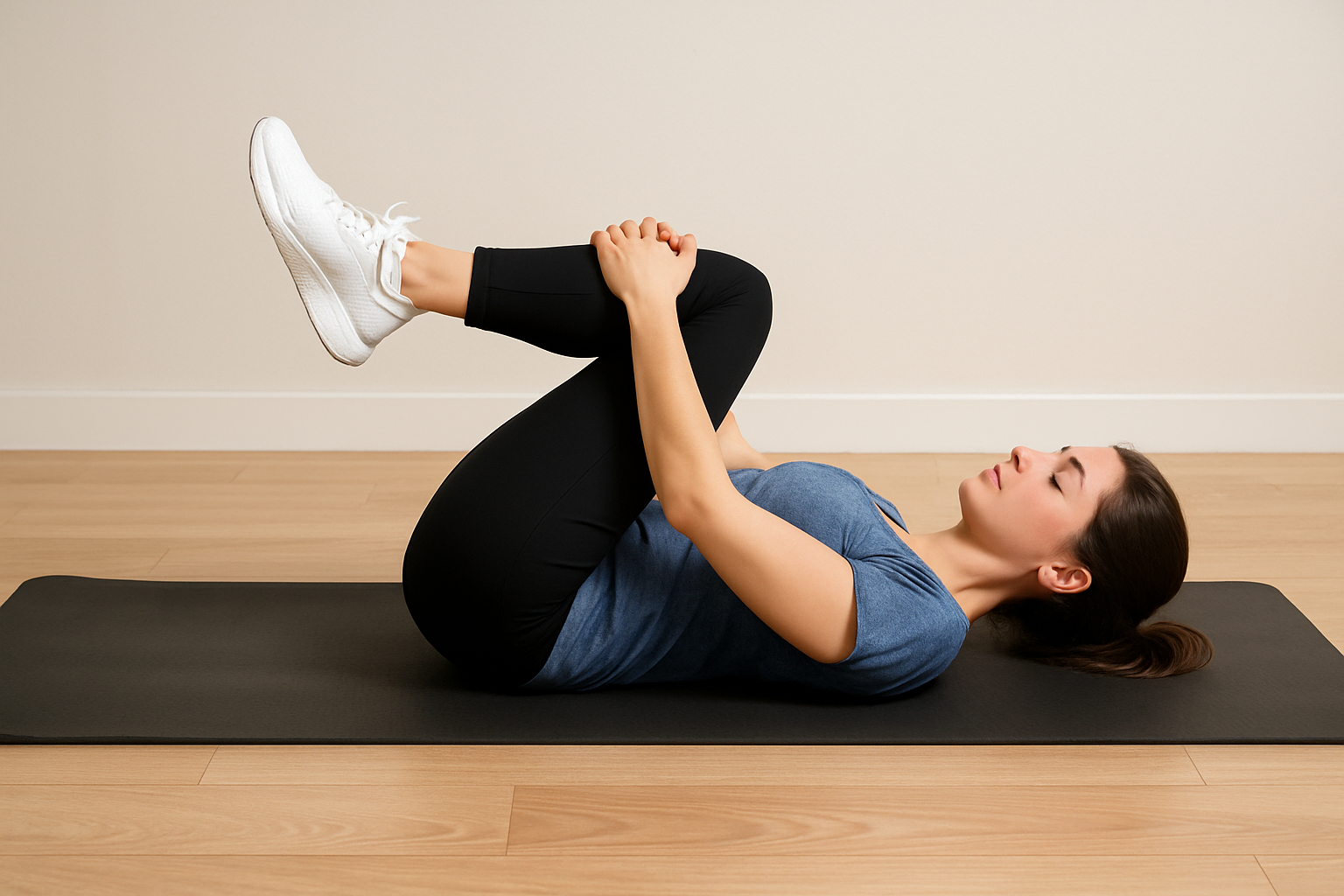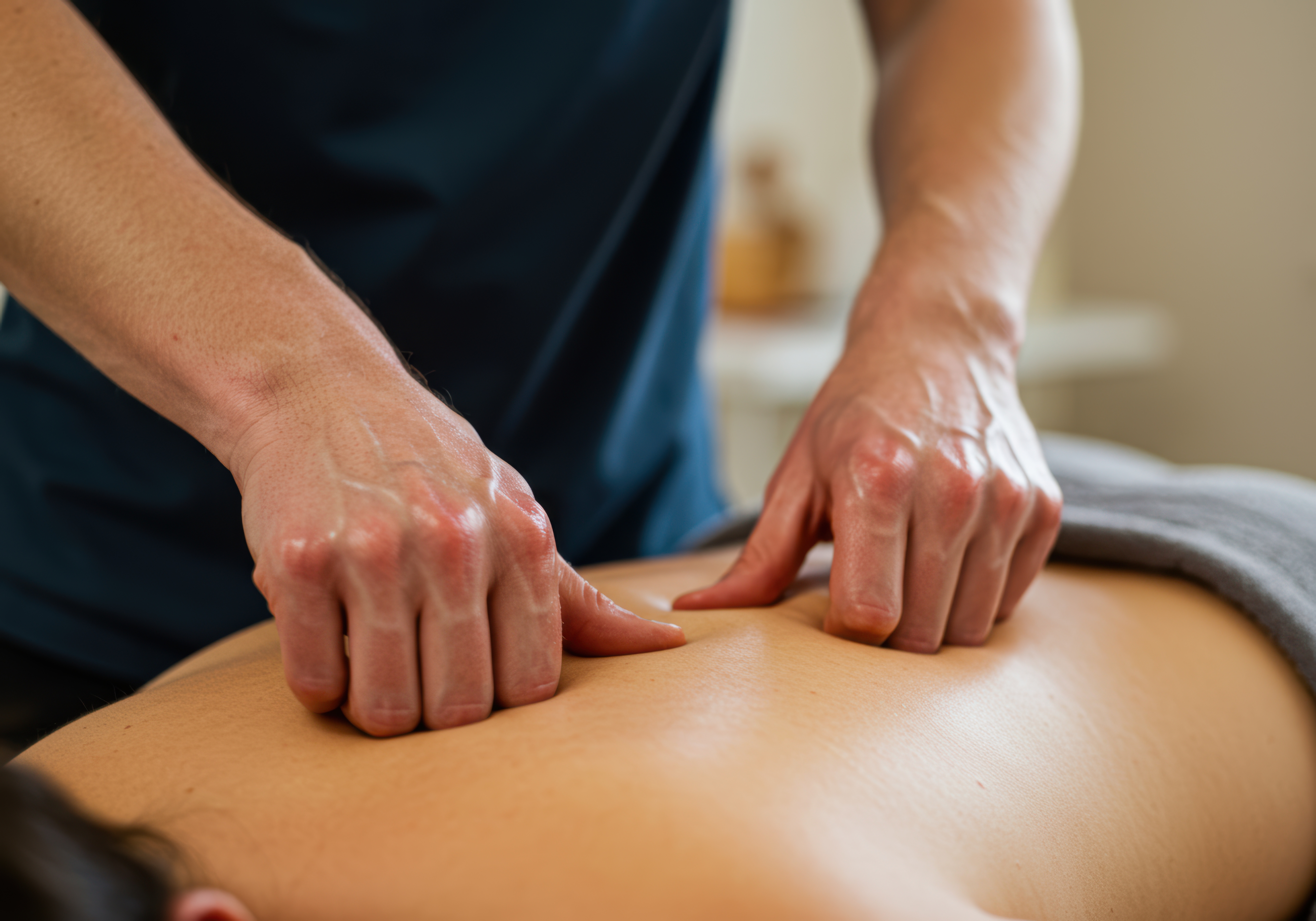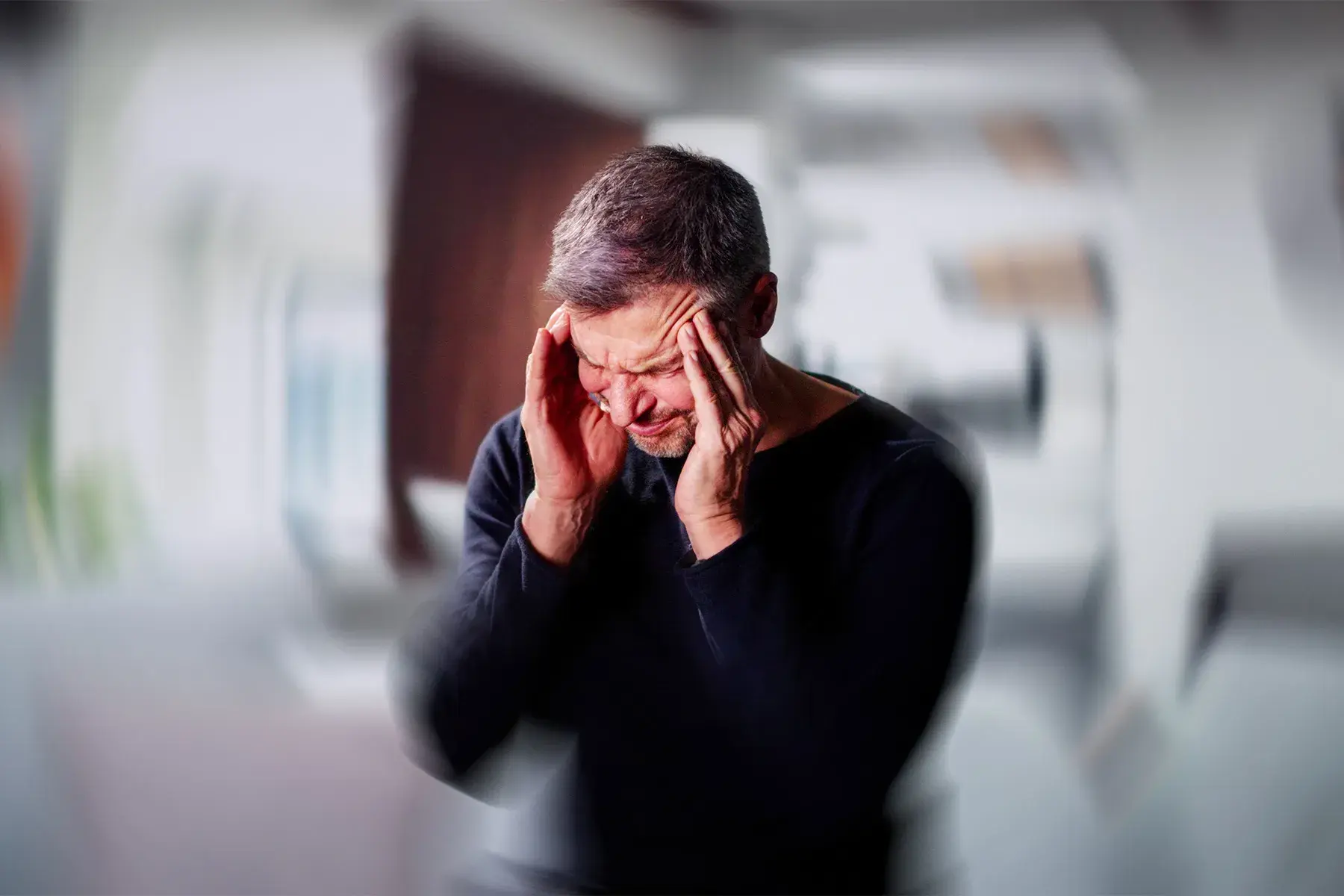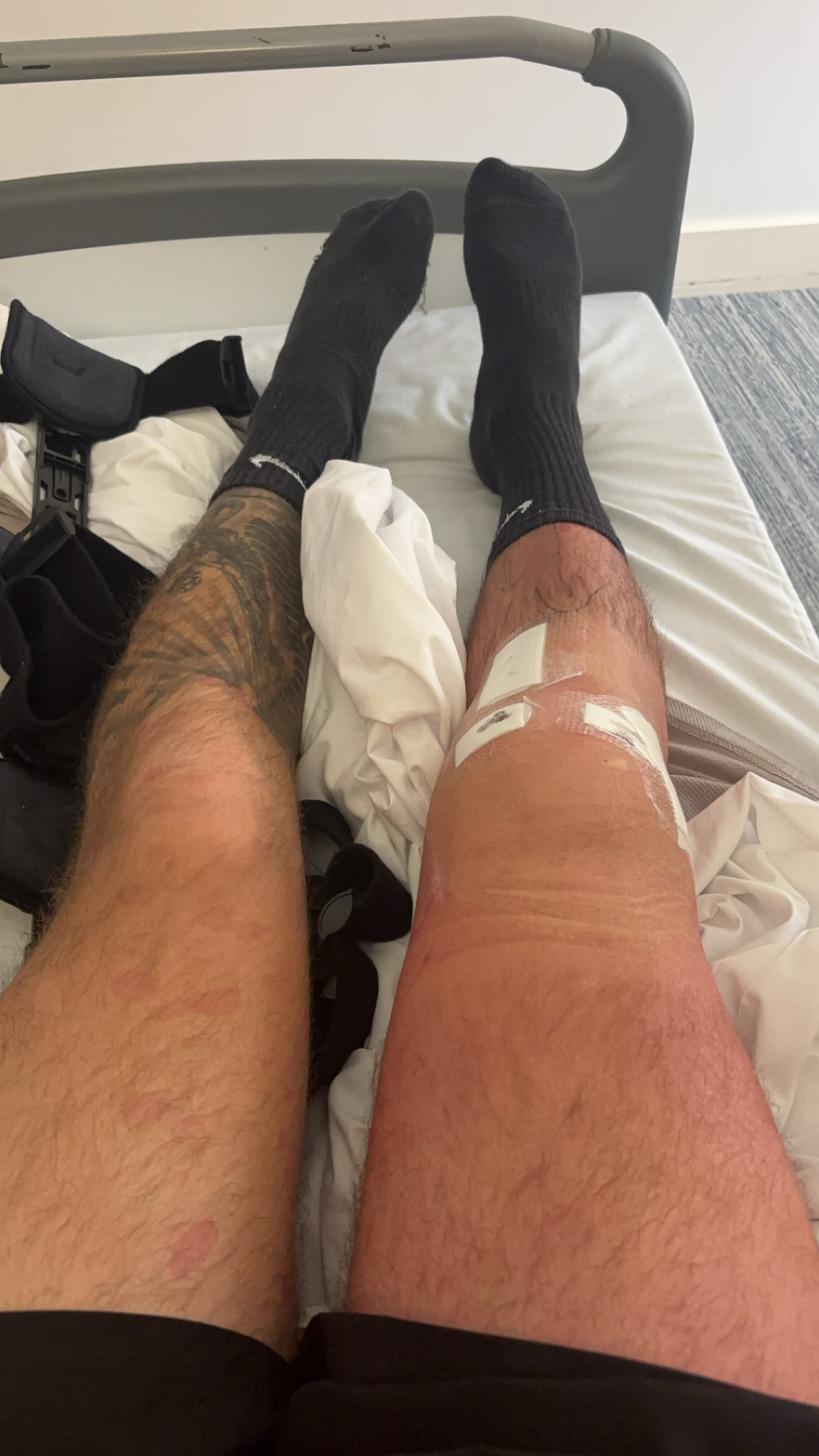Lower back pain affects many people and can make everyday activities feel harder or even stop you from doing what you enjoy. In this blog, Connor Foy, Physiotherapist at WA Health Group Murdoch, explains what really causes back pain, when it’s time to get help, and what treatments work. He also shares simple, effective stretches and recovery tips to help you feel stronger and move with confidence again.
Introduction
Lower back pain is one of the most common reasons people visit a doctor or miss work. It can range from a mild ache to sharp, debilitating discomfort that makes everyday tasks difficult. Pain in the lower back often results from how we move, sit, or lift—but the good news is, with the right treatment, most cases can improve significantly.
In this article, we’ll explore:
- What causes lower back pain?
- Common symptoms
- How it’s diagnosed?
- When to see a physiotherapist?
- Effective treatment options
- Prevention and Recovery tips
- Stretches to support long-term relief

What causes lower back pain?
Lower back pain can arise suddenly or develop gradually over time. Common causes include:
- Poor posture: Prolonged postures of any sort can strain the lower spine
- Muscle or ligament strain: Often due to heavy lifting or sudden, awkward movements
- Disc issues: Bulging or herniated discs can press on nerves and cause radiating pain
- Arthritis: Spinal osteoarthritis can lead to joint inflammation and stiffness
- Sciatica: Pressure on the sciatic nerve may cause pain, tingling, burning, pins and needles sensations that radiates down the leg
- Sedentary lifestyle: Inactivity has a multitude of negative health effects which can emphasise low back pain and reduce a person’s overall physical capacity
- Stress-related tension: Emotional stress often leads to muscle tightness and heightened pain
- Structural conditions: Conditions like scoliosis or spinal stenosis can impact spinal function
What are the symptoms of lower back pain?
.jpeg?width=5472&height=3648&name=Back%20pain%202%20(2).jpeg)
Symptoms vary depending on the cause, but may include:
- Dull or sharp pain in the lower back
- Pain that worsens with prolonged movement, sitting, or lifting
- Muscle tightness or spasms
- Radiating pain into the buttocks or down the leg
- Reduced movement in one or multiple directions
Red flags: If your symptoms include loss of bowel or bladder control, numbness or altered sensation in the groin, or significant leg weakness, please seek urgent medical attention..
How is lower back pain diagnosed?
Diagnosing lower back pain begins with a detailed conversation about your symptoms, medical history, and lifestyle, followed by a physical examination. Often, a Physiotherapist will make a clinical diagnosis based on your presentation alone, however, your healthcare provider may also order one or more of the following tests. These tests often show a multitude of findings, most of which are very normal and safe, and not to be concerned about:
- Spinal X-ray: To detect bone issues
- MRI (Magnetic Resonance Imaging): Provides detailed images of discs, muscles, and nerves
- CT Scan: Offers a 3D view of bones and soft tissues for deeper insight
- EMG (Electromyography): Evaluates nerve and muscle function to detect damage or compression
- Blood and urine tests: May help rule out infections, inflammatory conditions, or kidney-related causes
When should you see a physiotherapist?

Consider seeing a physiotherapist if:
- Your pain lasts more than a few days
- It’s interfering with your sleep, work, mobility, or normal daily life activities
- You’ve had multiple episodes of back pain
- The pain keeps returning or is worsening
Early physiotherapy helps address the root cause, prevent flare-ups, and support long-term recovery.
Effective treatment for lower back pain

A personalised physiotherapy plan can significantly reduce pain and restore function. Depending on your needs, your physiotherapist may use a combination of the following:
- Manual therapy: Hands-on techniques like joint mobilisation and soft tissue release to reduce stiffness and improve mobility
- Exercise therapy: Strengthening exercises to support your spine, hips and lower back
- Postural retraining: Gradually retraining your back to move and sustain loaded positions to return back to normal activities with less strain
- Mobility work: Gentle stretches and movement drills to enhance flexibility and reduce tension
- Education and lifestyle guidance: Helping you understand your pain triggers and adjust daily habits for long-lasting results
These strategies are designed to accelerate recovery, rebuild strength, and help you move with confidence again. Book online in just 60 seconds and take the first step toward feeling better.
Prevention and recovery tips
Prevention: How to avoid lower back pain?
Unfortunately, lower back pain is a diagnosis that is very hard to avoid, with 16% of Australians living with back pain. It costs the Australian healthcare system $3.4 billion and is the third highest cause of disease burden overall in 2022. That being said, building healthy daily habits can reduce your risk of flare-ups:
- Change your posture often throughout the day. Get up, move around and use your back
- Exercise regularly, find exercises you enjoy that incorporate both aerobic and resistance training elements
- Take regular breaks from sitting or repetitive tasks
- Maintain a healthy weight
- Manage stress through physical activity or mindfulness
- Avoid smoking, it reduces circulation and disc health
Recovery: How to Relieve Lower Back Pain?
If you’re already dealing with pain, these tips can support healing:
- Stay gently active: light walking is better than complete rest
- Use heat or ice packs to soothe discomfort, whichever works better for your body
- Practice targeted stretches for short-term pain relief
- Adjust your sitting posture and workspace setup
- Take movement breaks throughout the day
- Be consistent; small daily actions add up over time.
Gentle stretches to relieve lower back tension
Once the initial pain has eased, these simple stretches can help release tight muscles and support long-term flexibility. These should be done often, and multiple times throughout the day:
1. Knee-to-Chest Stretch
- Lie on your back with knees bent
- Gently pull one knee toward your chest
- Hold for 20–30 seconds, then switch legs

2. Cat-Cow Stretch
- Start on your hands and knees in a neutral spine position
- Inhale as you arch your back (Cow Pose)
- Exhale as you round your spine (Cat Pose)
- Repeat 10–15 times slowly

3. Child’s Pose
- Kneel and sit back on your heels
- Stretch your arms forward, lowering your chest and forehead to the ground
- Hold for 30–60 seconds
- Repeat 2–3 times daily

These stretches may improve spinal mobility, reduce stiffness, and help support your recovery. There are many other options, and if these stretches don’t seem to be helping your back pain, please consult with a physiotherapist for other ideas
Get help with lower back pain
Lower back pain is common, but it doesn’t have to be long-term. With the right support, you can relieve discomfort, improve strength, and move more freely again.
If pain is holding you back, book with our team in 60 seconds. We’ll help you get to the root of the issue, create a personalised recovery plan, and guide you back to feeling your best.







